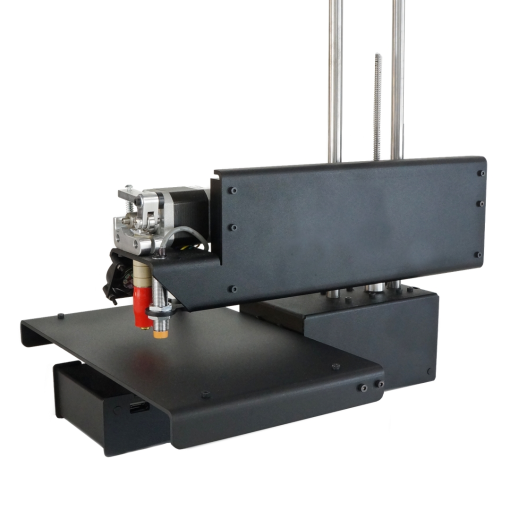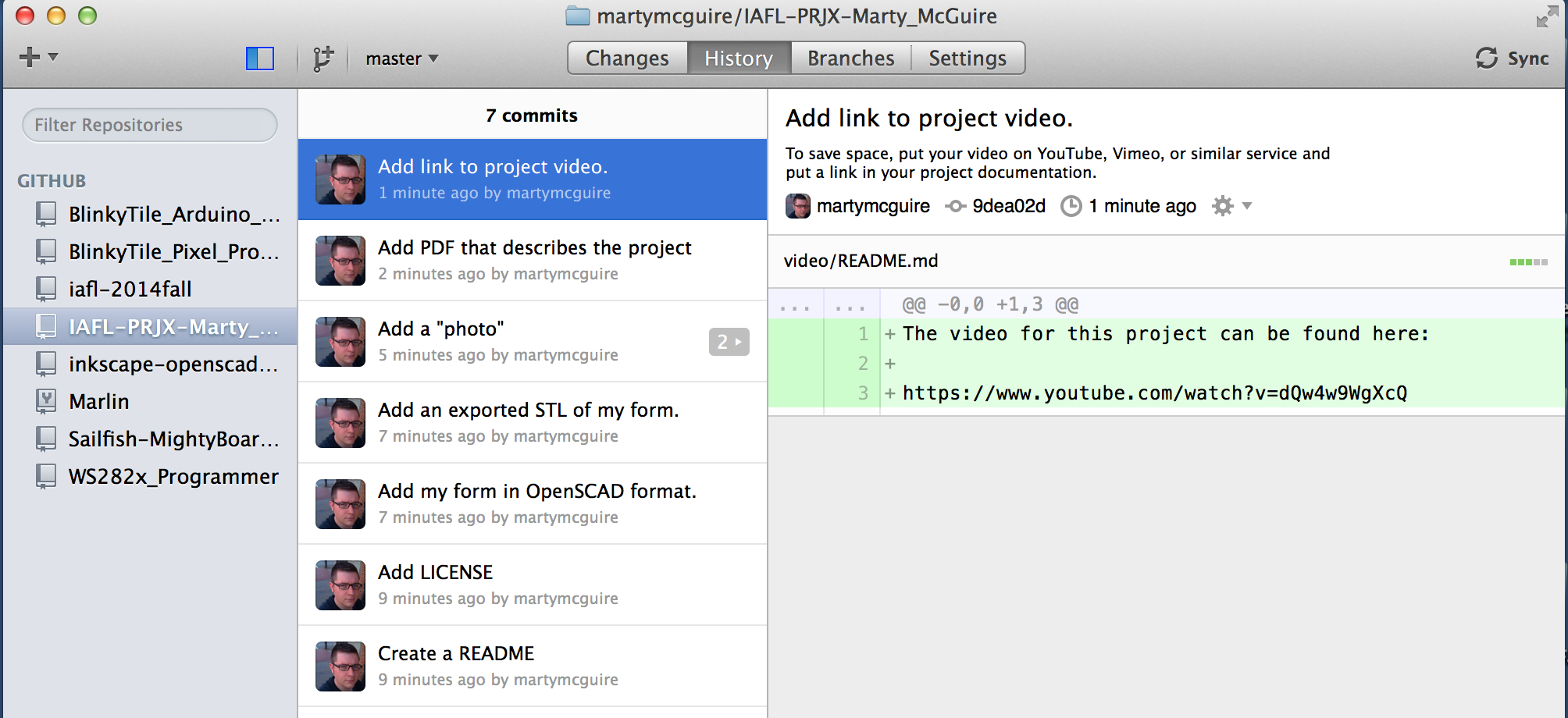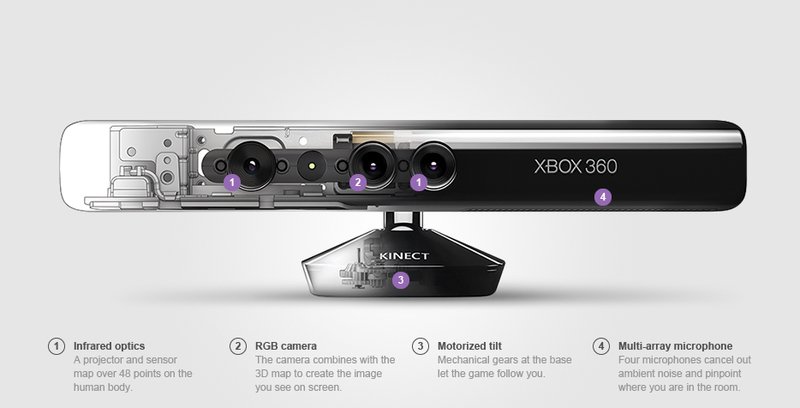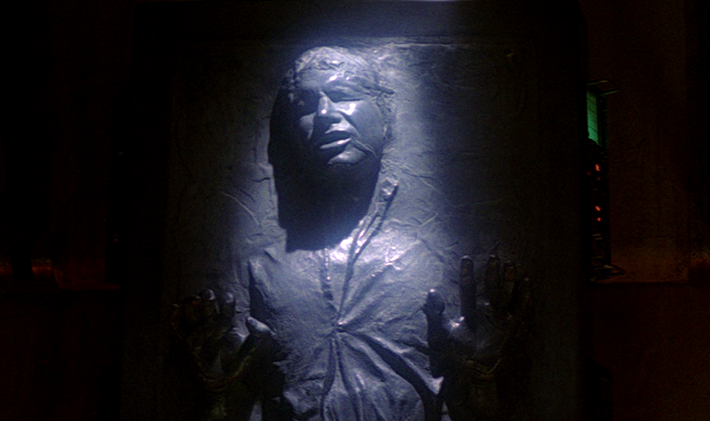Week 9: November 3rd, 2014
New Printers in Brown 217

We have some new Printrbot Metal Simples in 217.
They work very much like the dFab RepRaps you're used to and they work with Slic3r and Pronterface.
Look for some documentation for them soon. For now you're on your own to use them without breaking them.
New dFab Documentation

Ryan McKibbin is putting together an excellent collection of documentation for the dFab resources, including using (and troubleshooting) the 3D printers, the laser cutters, etc.
Check it out here. Try things out. Give him feedback if you run into trouble!
Speaking of Documentation...

Lots of folks having trouble turning in properly formatted HW and Project documentation.
Here are example repositories - no more excuses!
Today!
- 3D Scanning!
- Lunch
- More 3D Scanning!
Reminders
Project 1 Peer Review Forms
Take a few minutes to fill out the peer review forms that I sent to your MICA email address.
The details of the forms will be kept private, so please feel free to answer each question honestly.
HW4 (Parametric Design) Due
Make sure your HW4 documentation is in your GitHub account.
DIY scanning
 (Thanks WinBeta for the image).
(Thanks WinBeta for the image).
Using the Microsoft Kinect (or other PrimeSense depth cameras) and Skanect.
Skanect can be downloaded from here.
Skanect is available on dFab's lab computers for those without laptops (or laptops incapable of running the software).
Skanect
Skanect is a low-cost 3D scanning utility which uses data from the Kinect, or other PrimeSense depth cameras, to construct watertight 3D models suitable for 3D printing. This software relies on open source technologies, but is not open source itself. However, a free version of the software is available for non-commercial use.
Some limitations...
- "Free" version exports at reduced resolution (limited to 5000 faces).
- Noisy scans which require clean up (some can be done in Skanect, others in Netfabb)
- Kinect has a minimum distance of about 2 feet
- Fussy process (be patient!).
Clean Up
The results of a scan from Skanect (or any other scanner) is going to be messy - not ready for 3D printing.
Check out some of these tutorials for ways to clean up your scans.
DIY Scanning

Work with a partner to create a printed self-portrait of each of you.
- Focus on the shoulders and up.
- Rolling/spinning chairs are your friend...
- Use cleanup tools to resize and trim .stl file. (maximum of 40mm high!)
- Print your portraits.
Print tools
Print your downloaded tool in ABS*. Be sure to adjust your Slic3r temperature settings accordingly (Filament Settings | Temperature)
*Be sure to check the instructions for the tool for suggestions on materials, infill, etc.
Please let me know if it was recommended to use PLA for your particular tool.
Homework
Manipulate your self portrait .stl with OpenSCAD (due Nov. 10th)
Use a combination of import() and for(){} to manipulate your self portrait.
import()function (info)for(){}loops (info)- When imported, an .stl file can be manipulated like any other form (including
intersect()anddifference()). - IMPORTANT: The .stl file must be in the same folder as your OpenSCAD file.
- Be sure to document on GitHub.
Printable tool research (due on Nov. 10th)
Find a tool which you think might be useful to you. Document your experience using the tool:
- Try to use the tool as much as possible over the course of a week (minimum 3 uses); making notes or taking photos to document the experience.
- Roughly 200 word (half page) document saved as a .pdf which describes your experience with the tool, including any suggestions you have for modifying it to better suit your needs.
- Include at least 3 photos with documentation.
- Bring tool to class next week.